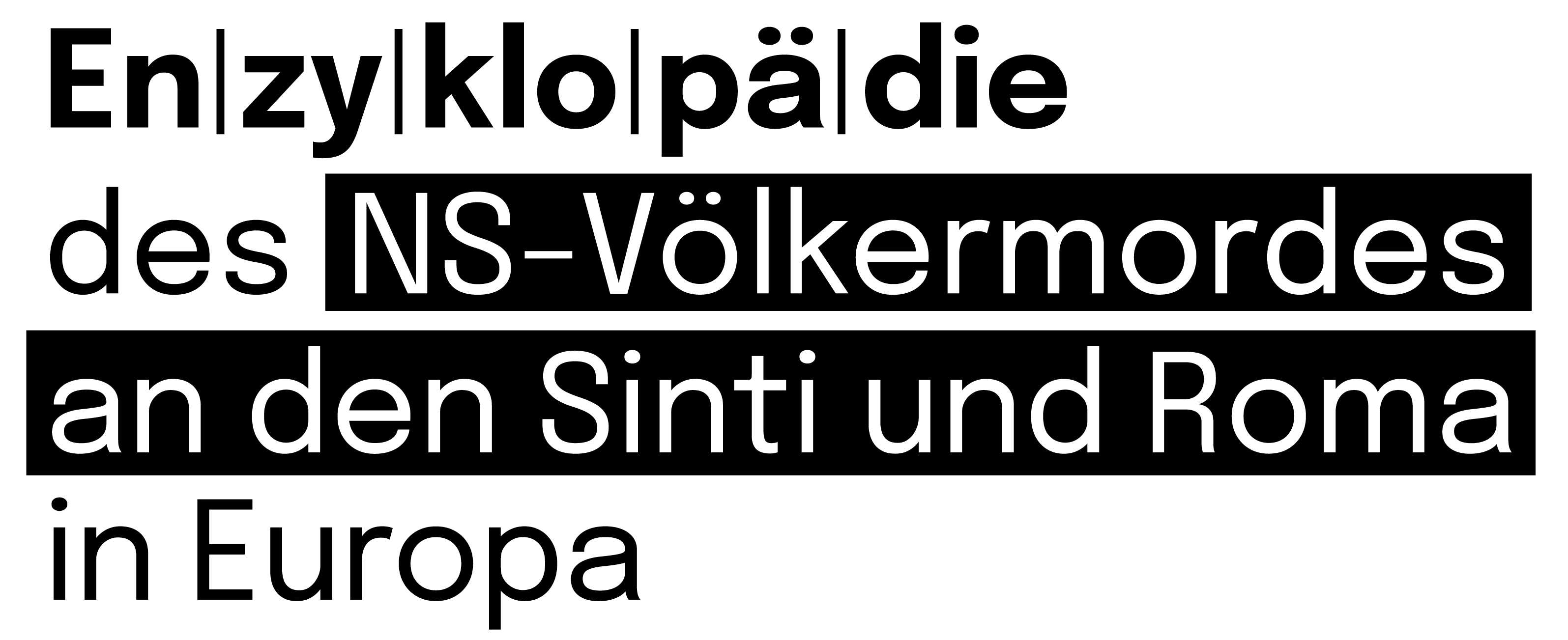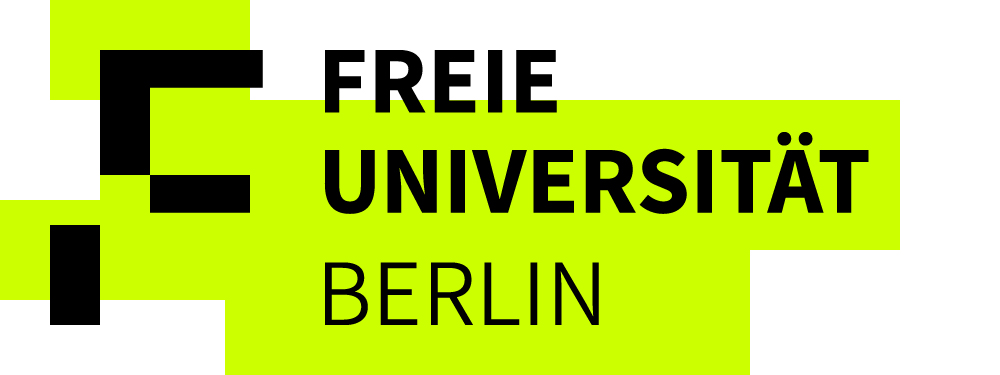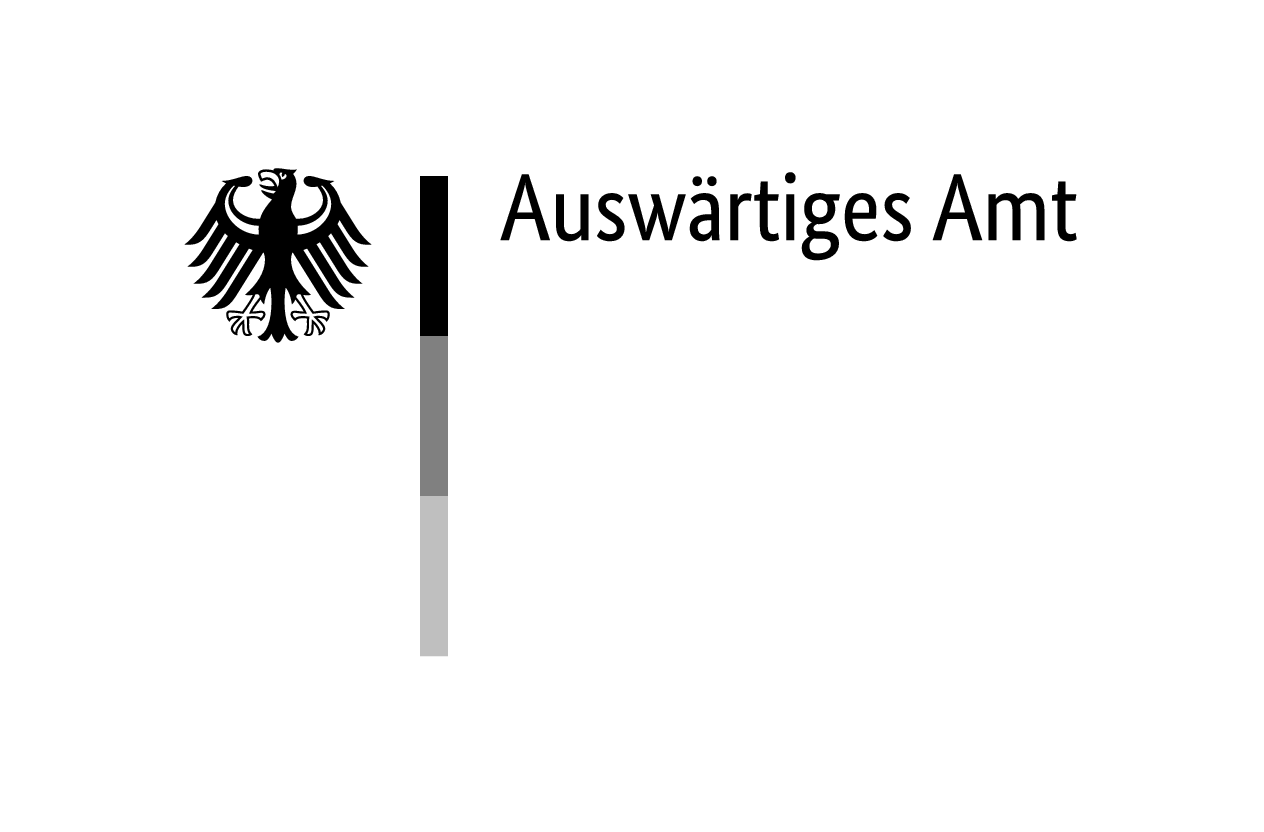Väinö Valdemar Lindberg was a Finnish Rom, pastor of Free Church congregations, activist, local politician, horse breeder, musician and memoirist. He was born on 22 March 1938 in Hämeenlinna, Finland, into the family of the horse dealer Robert Edvard Lindberg (1907–1982), known as Roope.
His mother Saara Elisabeth ‘Anni’ (1917–1997), née Asp, supported the family by selling handicrafts. The family also included his sister Saga Miranda (born 1940) and brothers Otto Kristan (1944–2004), Raimo Allan (born 1946) and Henry Orvo Lindberg (born 1948). In his 2012 memoirs, Väinö Lindberg described how the family traded at markets and regularly met other Roma who worked as traders.
Arrest
However, this came to an abrupt end in the summer of 1944, when Väinö’s father Roope Lindberg and his uncles Otto (1900–1947) and Oskari Lindberg (1902–1985) were arrested in a police raid on the Tampere market. The arrests were based on Finnish laws that restricted the freedom of movement of certain groups of people such as alleged ‘vagabonds’ [‘Irtolaislaki’] for the duration of the war and introduced a general obligation to work [Työvelvollisuuslaki]. This legislation was further tightened during the course of the war.
A law that came into force on 1 December 1943 made it possible for people to be sent to special labour camps [Erikoistyöleirilaki] for one year if they were unwilling to take up regular work or had a ‘disordered’ lifestyle. In the bill, ‘Gypsies’ [mustalaiset in Finnish; zigenare in Swedish] were explicitly named as one of three target groups for the measures—and this explains the arrest of the Lindbergs, who in fact earned a good living from their occupations.
After Anni Lindberg learnt of her husband’s arrest, she immediately travelled to Tampere with her sons Väinö and Otto. Väinö Lindberg has a vivid memory of his mother spreading her apron on the narrow floor of the local police station that evening. All three spent the next night on this apron.
‘Special Camp 6’
After his arrest, Roope Lindberg and his brothers were sent to ‘Special Camp 6’, the labour camp near Kihniö north of Tampere. The camp was surrounded by a barbed wire fence and was guarded. Anni Lindberg followed her husband to Kihniö and camped with Väinö and Otto outside the camp fence, where they met other Roma families.
Väinö Lindberg remembered until late adulthood that he suffered from severe hunger during this time. He was once allowed into the camp, where his father wanted to give him some of his food, but the guards forbade this and chased the boy away. One of the guards said that his father should eat the food himself so as to remain fit for work.
Väinö Lindberg was able to report on the solidarity among the families who had to wait outside the barbed wire because their relatives, all Roma, were in the camp. One of the families had sold one of their two horses in order to use the proceeds to buy bread and other food, which was then distributed to the other families.
Relatives of Finnish Roma who were serving as soldiers at the front were also in the labour camp. According to Väinö Lindberg, his cousin Valde Lindeman (1923–1993) travelled to Kihniö during a convalescent leave to meet family members, separated by the camp fence.
When a suitable opportunity presented itself, Roope Lindberg and his two brothers escaped from the camp and returned to their families. The escape had no consequences. This may have had something to do with the chronic understaffing of the Finnish police force at the time and Finland’s political reorientation after the ‘Moscow Armistice’ with the Soviet Union on 19 September 1944, which was accompanied by the gradual abolition of the special wartime legislation.
After 1945
After the war, Väinö Lindberg attended primary school in Loviisa and from 1954 to 1957 the theological seminary of the Free Church of Finland [Suomen Vappakirko] in Hanko. In his youth, he took up boxing and became Finnish heavyweight champion in 1960.
Lindberg started a family and worked for the Finnish Customs Administration for over 20 years. He then went into local politics for the Christian Democratic Party of Finland [Suomen Kristillisdemokraatit] in Turku, where he campaigned for the interests of Finnish Roma. From 1997 to 2000, he also served as pastor of Free Church congregations in Heinola, Teuva and Porvoo.
For his many years of political commitment as an activist, he was awarded the honorary title of Social Councillor [Sosiaalineuvos] by Finnish President Tarja Halonen (born 1943) in 2002.
The ‘Special Labour Camp 6’ in Kihniö, however, left Väinö Lindberg with a lasting consciousness of discrimination and injustice. At a seminar on Finnish minority groups during the war [Minoriteter i Finlands krig] organised by the Finnish-Swedish think tank Magma in 2009, which he attended as the second chairman of the National Council for Roma Affairs [Romaniasian neuvottelukunta], he publicly addressed the issue of Roma being sent to labour camps for the first time.
An interview with him published in the Finnish weekly journal ‘Kuvalehti’ in 2010 brought this issue to the attention of a wider audience. Väinö Lindberg died in Turku on 14 March 2022.




